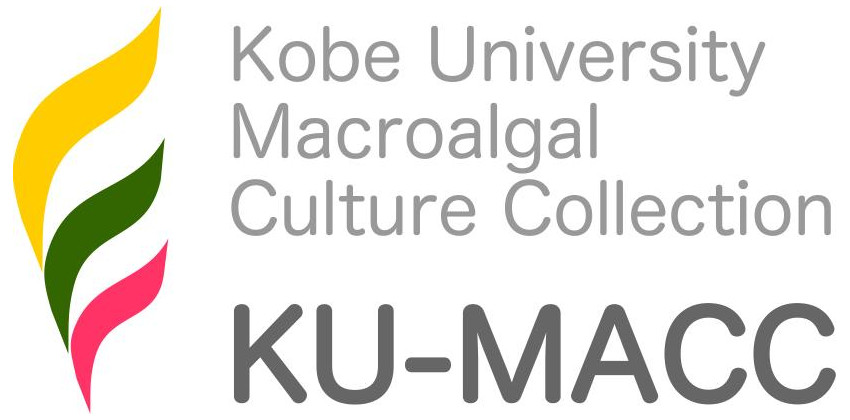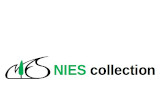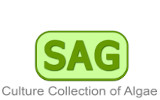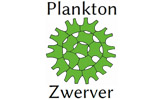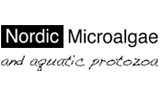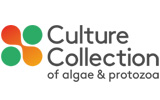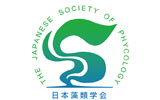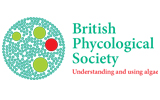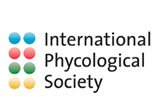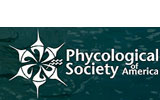Psammothidium Bukhtkiyarova & Round, 1996
Holotype species: Psammothidium marginulatum (Grunow) Bukhtiyarova & Round
Publication details: Bukhtkiyarova & Round, 1996: 3
Original publication and holotype designation: Bukhtiyarova, L. & Round, F.E. (1996). Revision of the genus Achnanthes sensu lato. Psammothidium a new genus based on A. marginulatum. Diatom Research 11(1): 1-30.
Description: Frustule with concavo-convex apical and transapical axes, raphe valve convex, raphe-less valve concave. Valves small, elliptical, lanceolate-elliptical or linear-elliptical, apices always rounded. Valves c. 10-30 µm long, usually twice, rarely 3 4 times, longer than wide. Areolae of both valves similarly arranged. Areolae poroid, small, closed on the inner side by a cribrum, the external foramina of varying shape. Striae radiate, c. 30 in 10 µm. Sternum of the raphe valve variable, narrowly linear to narrowly triangular. Central area variable. Slit of the raphe straight; central pores and terminal fissures variably developed. Internally, the raphe situated in a rib, the central pores slightly bent towards opposite sides, the helictoglossae slightly raised. Sternum of the raphe-less valve and the raphe valve alike or dissimilar.
Origin of description: this description is from the original publication; it may have been modified slightly.
Taxonomic status: This name is of an entity that is currently accepted taxonomically.
Gender: This genus name is currently treated as neuter.
Most recent taxonomic treatment adopted: Kingston, J.C. (2003). Araphid and Monoraphid Diatoms. In: Freshwater Algae of North America, Ecology and Classification. (Wehr, J.D. & Sheath, R.G. Eds), pp. 595-636. San Diego: Academic Press.
Taxonomic note
"Only one of the two elliptical shells of a cell has a median raphe (R shell), the other shell lacks a raphe (RL shell). The apical axis in girdle view is more or less curved, and the raphe is more or less straight. The raphe shell is convex (visible only in girdle view) and not concave as in Planothidium and Platessa. There is reason to consider combining this genus with Achnanthidium, because the criteria for differentiation are not generally convincing (Monnier et al. 2007). In most cases, the cells are presented in shell view in the specimen. For reliable identification, both shells must be observed." [Hoffman & al. 2013: 517, from the German]. - (07 May 2025) - M.D. Guiry
Verification of Data
Users are responsible for verifying the accuracy of information before use, as noted on the website Content page.
Contributors
Some of the descriptions included in AlgaeBase were originally from the unpublished Encyclopedia of Algal Genera,
organised in the 1990s by Dr Bruce Parker on behalf of the Phycological Society of America (PSA)
and intended to be published in CD format.
These AlgaeBase descriptions are now being continually updated, and each current contributor is identified above.
The PSA and AlgaeBase warmly acknowledge the generosity of all past and present contributors and particularly the work of Dr Parker.
Descriptions of chrysophyte genera were subsequently published in J. Kristiansen & H.R. Preisig (eds.). 2001. Encyclopedia of Chrysophyte Genera. Bibliotheca Phycologica 110: 1-260.
Linking to this page: https://www.algaebase.org/search/genus/detail/?genus_id=44203
Citing AlgaeBase
Cite this record as:
Guiry, M.D. & Guiry, G.M. 19 May 2025. AlgaeBase. World-wide electronic publication, National University of Ireland, Galway. https://www.algaebase.org; searched on 18 June 2025
 Request PDF
Request PDF